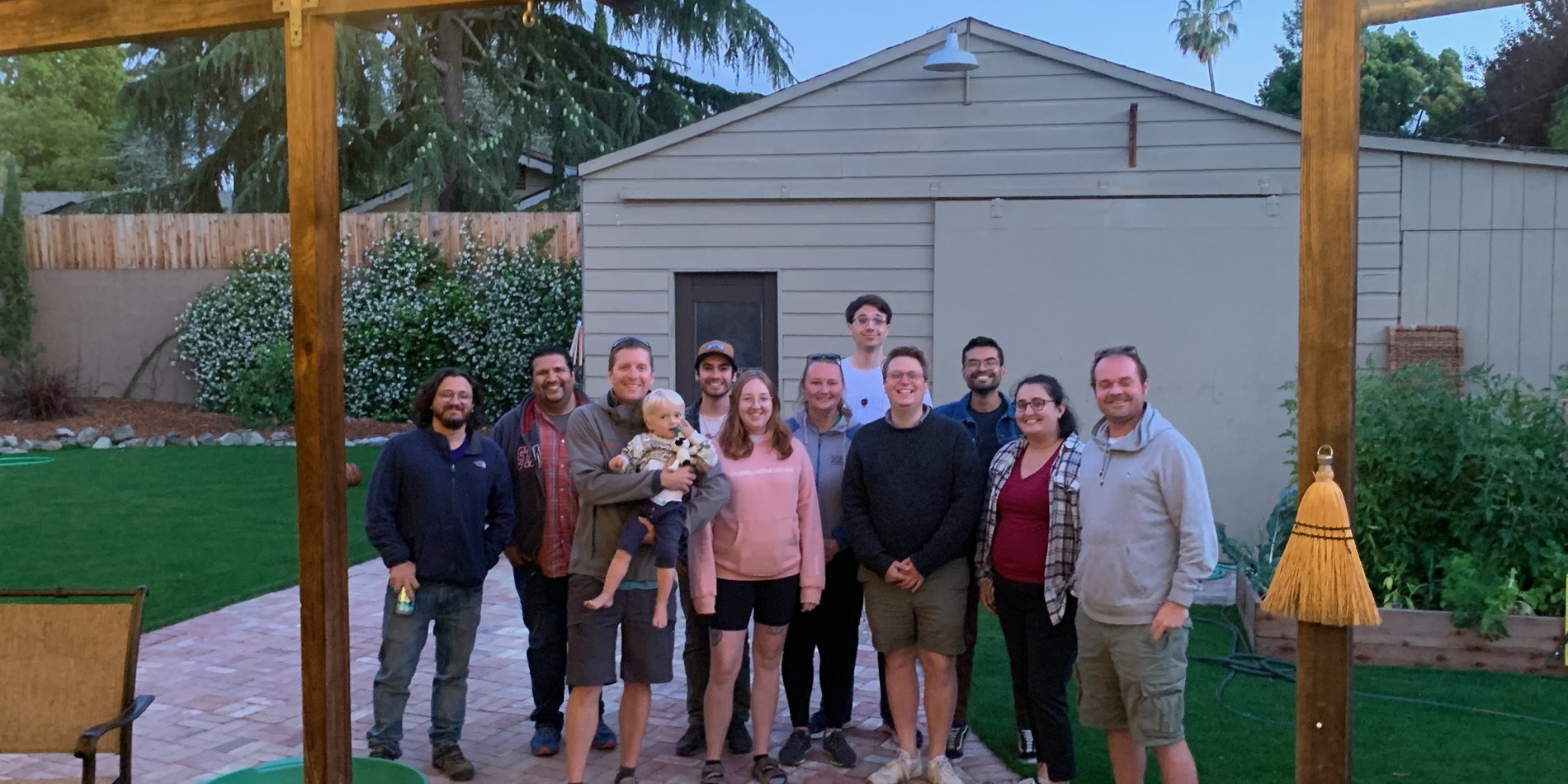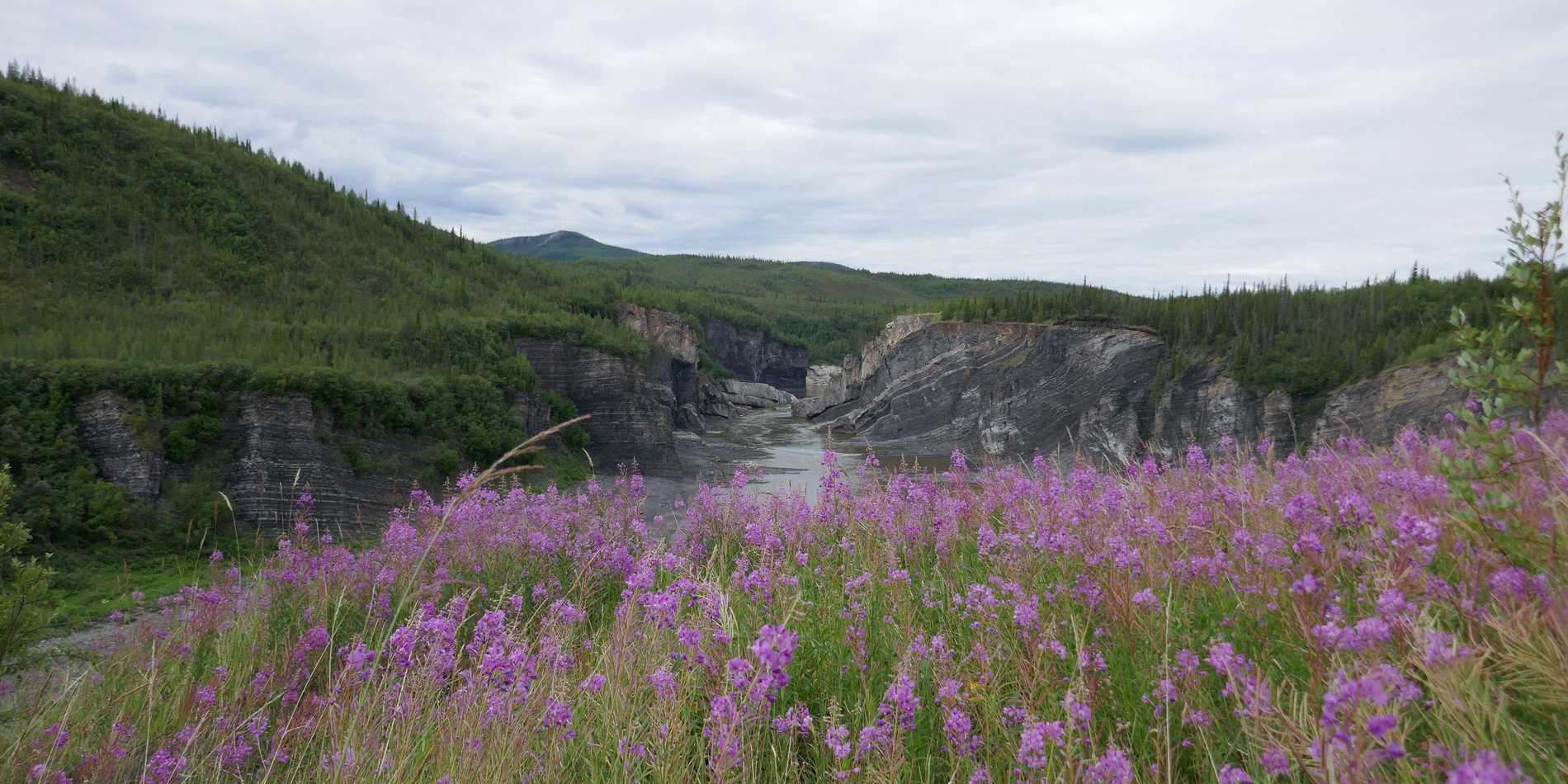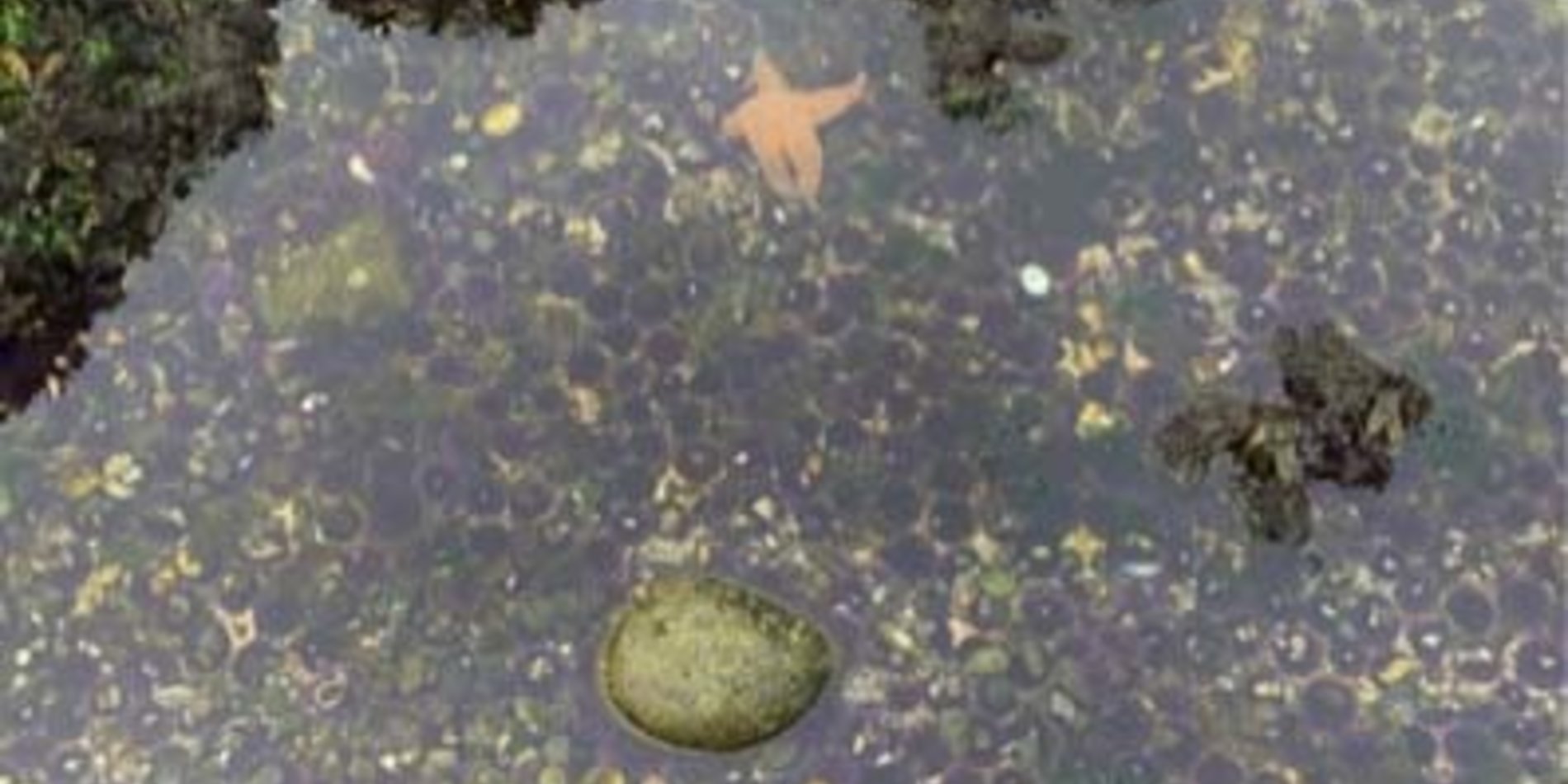Paper on uranium isotopes in ferruginous settings published

In collaboration with colleagues at Yale University and many other institutions, we were involved in a paper examining how uranium isotopes fractionate in ferruginous conditions (or more broadly, anoxic but non-sulfidic settings). The paper, published in Global Biogeochemical Cycles, was lead by Devon Cole, and can be accessed here. The analyses, investigating both modern environments and ancient rock samples, demonstrated that uranium reduction under ferruginous conditions imparts a range of uranium isotope fractionations that do not correspond to the fractionation imparted in euxinic settings (which were previously often used to calculate the proportion of anoxic seafloor in global mass balance models). The results indicate that the extent of and fractionation in ferruginous settings must be considered in such mass balance models, as ferruginous conditions were likely widespread through most of Earth history.



